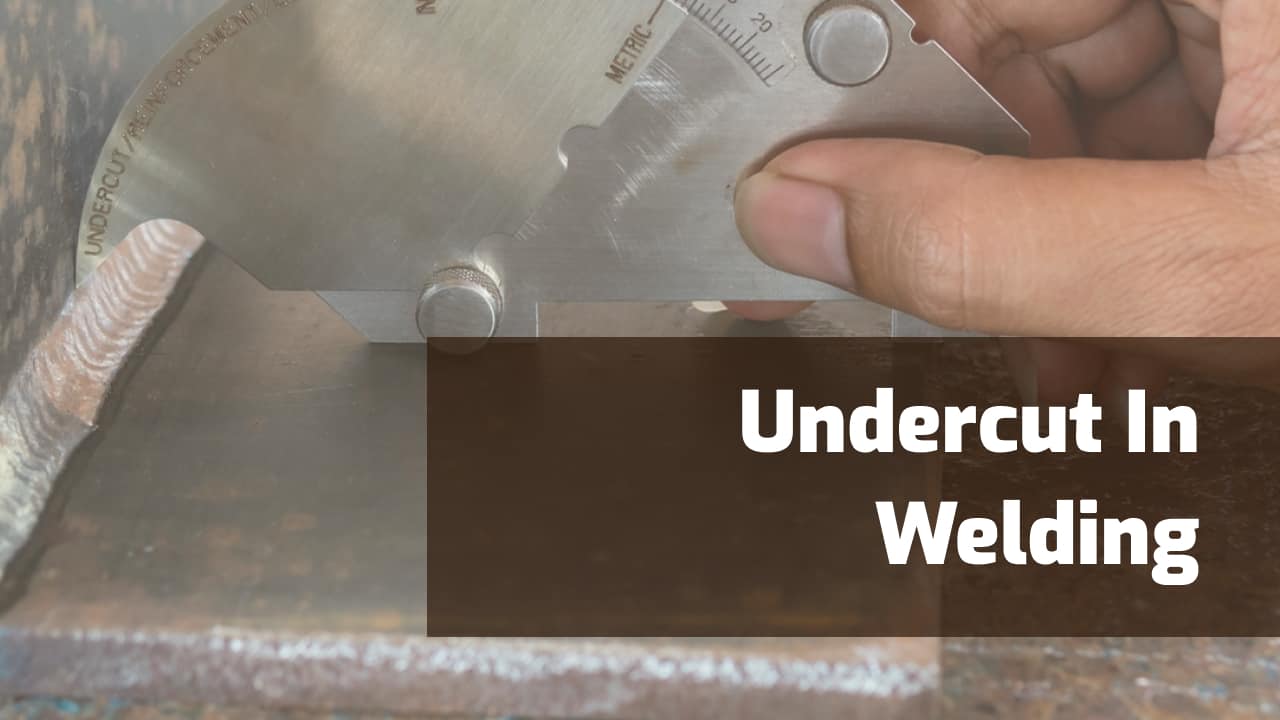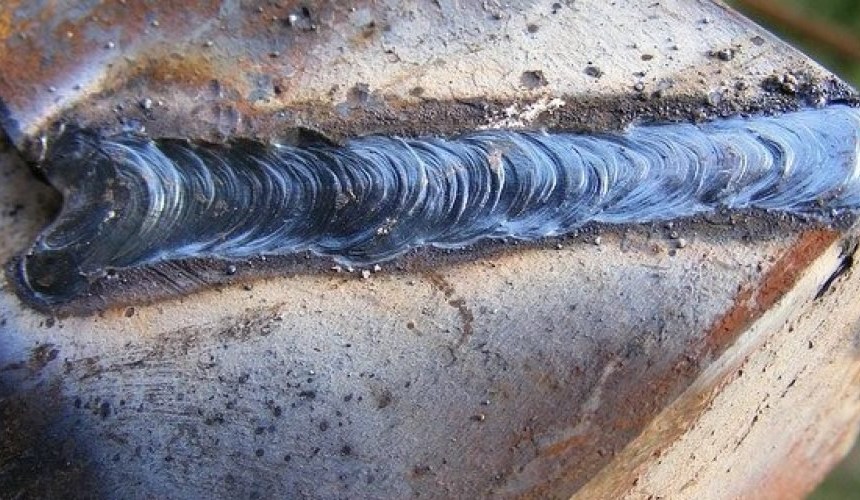Reliable Ways to Prevent Weld Undercut in Your Welding Projects
Reliable Ways to Prevent Weld Undercut in Your Welding Projects
Blog Article
Understanding the Art of Welding: How to Prevent Undercut Welding Issues for Flawless Fabrication Results
Efficiency and accuracy are critical worldwide of welding, where also the slightest blemish can compromise the structural stability of a produced piece. One common difficulty that welders face is undercutting, a defect that can damage a weld joint and lead to costly rework. By recognizing the root creates of undercut welding and implementing effective methods to stop it, welders can raise their craft to brand-new degrees of quality (Preventing weld undercut). In the search of remarkable manufacture outcomes, grasping the art of welding to prevent undercut issues is not just an ability yet a need for those making every effort for excellence in their job.
Comprehending Undercut Welding

To stop undercut welding, welders should make certain proper welding specifications, such as readjusting the existing, voltage, travel speed, and keeping the proper electrode angle. Furthermore, using the ideal welding method for the specific joint configuration is essential. Employing weaving motions or backstepping strategies can help ensure appropriate weld steel deposition and decrease the probability of undercut development. Routine evaluation of welds during and after the welding procedure is also important to catch any type of undercut early and make necessary changes to stop more issues. Preventing weld undercut. By recognizing the reasons of undercut welding and implementing safety nets, welders can accomplish high-quality, structurally audio welds.
Root Causes Of Undercut in Welding
Comprehending the variables that contribute to undercut in welding is vital for welders to create high-grade, structurally sound welds. Insufficient welding present or wrong welding speed can likewise add to undercut. Comprehending these reasons and implementing correct welding strategies can aid prevent damaging issues, ensuring durable and strong welds.
Techniques to avoid Undercutting

To mitigate the risk of undercutting in welding, welders can utilize calculated welding techniques aimed at enhancing the high quality and integrity of the weld joints. Additionally, utilizing the appropriate welding strategy for the specific joint setup, such as weave or stringer beads, can add to reducing undercutting.
Using back-step welding methods and controlling the weld bead account can also aid disperse warm evenly and minimize the danger of more information undercut. Regular assessment of the weld joint throughout and after welding, as well as executing high quality assurance measures, can assist in finding and dealing with undercutting issues quickly.
Significance of Appropriate Welding Criteria
Choosing and preserving suitable welding parameters is crucial for attaining successful welds with minimal issues. Welding parameters refer to variables such as voltage, existing, take a trip speed, electrode angle, and protecting gas flow rate that directly influence the welding process. These criteria need to be very carefully readjusted based upon the sort of material being welded, its density, and the welding method used.
Appropriate welding criteria guarantee the correct amount of warm is used to melt the base steels and filler material uniformly. If the specifications are established too expensive, it can lead to extreme heat input, causing burn-through, distortion, or spatter. On the other hand, if the criteria are too low, incomplete fusion, lack of infiltration, or undercutting may occur.
High Quality Assurance in Welding Procedures

Final Thought
In final thought, mastering the art of welding needs a detailed understanding of undercut welding, its causes, and strategies to stop it. By making certain proper welding specifications and carrying out top quality assurance techniques, flawless fabrication results can be achieved. It is crucial for welders to consistently pursue excellence in their welding procedures to prevent undercut concerns and produce high-grade welds.
Undercut welding, a typical defect in welding processes, takes place when the weld metal does not effectively fill the groove and leaves a groove or clinical depression along the welded joint.To stop undercut welding, welders must guarantee proper welding criteria, such as adjusting the present, voltage, traveling rate, and preserving the correct electrode angle. Inadequate welding present or inaccurate welding speed can also add to damage.To minimize the danger of undercutting in welding, welders can use critical welding strategies aimed at improving read more the high quality and stability of the weld joints.In final thought, understanding the art of welding requires a thorough understanding of undercut welding, its causes, and techniques to avoid it.
Report this page